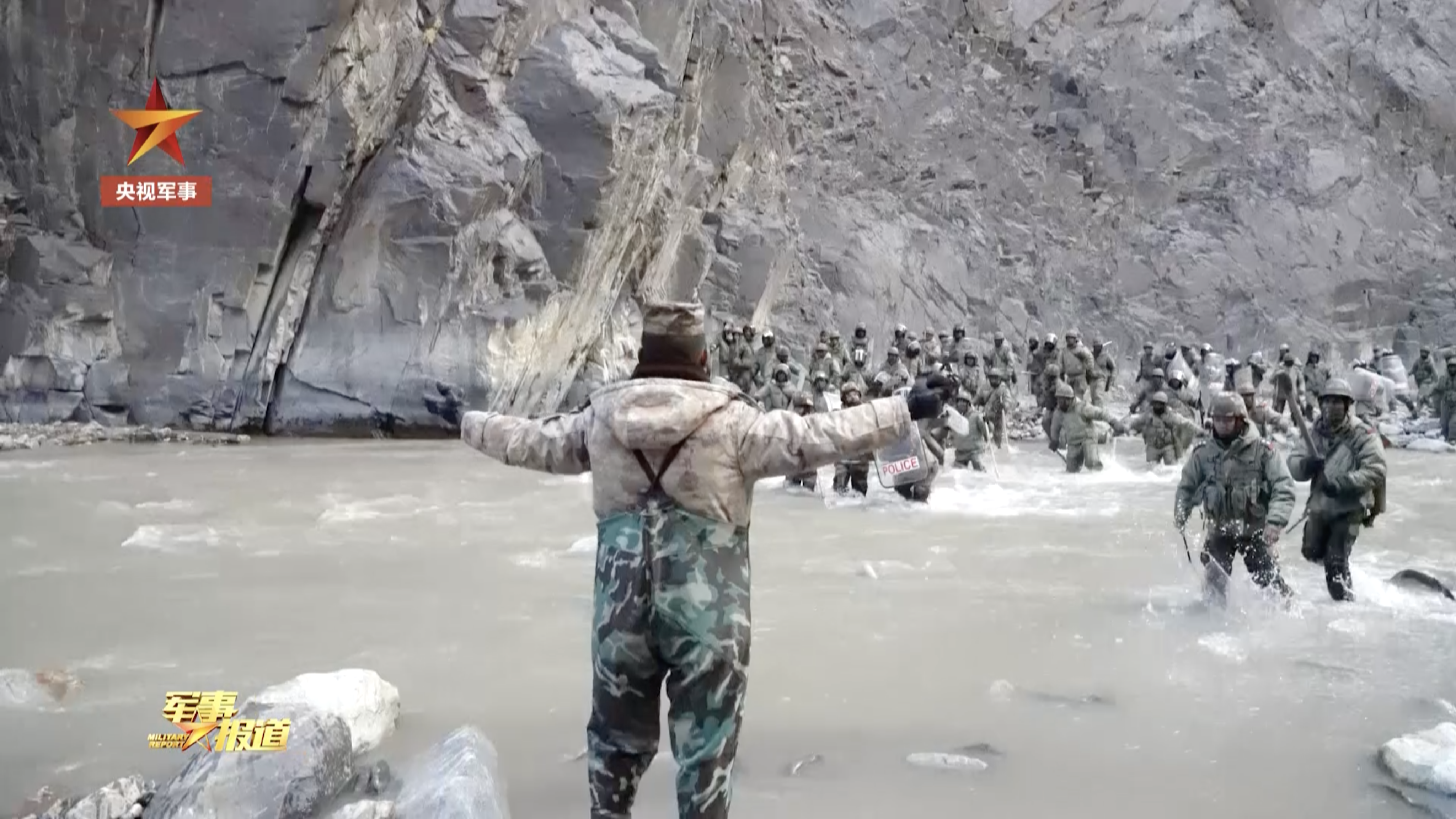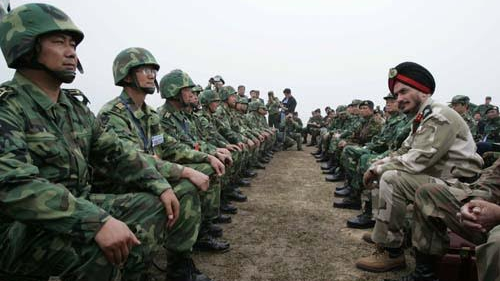09:04

For the first time, China on Friday released the information on the death of four soldiers of the People's Liberation Army (PLA) during a border clash with India last June.
In a detailed account of the clash published by PLA Daily on Friday, it was reported that in June last year, Indian soldiers crossed to the Chinese side of the Line of Actual Control (LAC) in Galwan Valley, set up tents and acted in violation of an agreement that the two sides had struck.
When the Chinese soldiers tried to negotiate with the Indian side, they were ambushed by Indian forces that far outnumbered them. Armed with steel pipes, clubs and rocks, the Indian soldiers launched an attack on the Chinese soldiers. A Chinese military officer suffered severe head injuries.
Three Chinese soldiers, who fought in the combat, died. Another soldier, while on his way to provide support to the forces fighting on the border, drowned when trying to cross a river.
At a press conference held on Friday, Senior Colonel Ren Guoqiang, spokesperson of China's Ministry of National Defense, said that the Indian army "was solely responsible" for the clash. He said that the Indian side illegally crossed the LAC, launched the provocation and initiated the attack.
In order to mitigate tensions and avoid escalations, China acted with great restraint, he added, but the Indian side hyped up casualties.
The revelation of the information came as the two sides tried to push for an early disengagement of the front-line troops. In the ninth round of the commander-level talks between the two countries, the two sides agreed to ease the situation along the LAC in the Western Sector of the China-India border. The Chinese Ministry of National Defense announced that starting from February 10, the Chinese and Indian armies started synchronizing and organizing disengagement in the Pangong Lake area.
"The positive outcomes of last month's meetings have signaled a further easing of tensions between the two countries, which opens the window for China's public acknowledgment of the casualties it endured during the June incident," Zhang Jiadong, director of the Center for South Asian Studies at Fudan University and an expert on China-India relations, told CGTN.

A commander-level meeting between China's Southern Xinjiang Military District chief and India's 14 Corps commander is held on the Chinese side of the Line of Actual Control at the China-India border, June 6, 2020. /Xinhua
A commander-level meeting between China's Southern Xinjiang Military District chief and India's 14 Corps commander is held on the Chinese side of the Line of Actual Control at the China-India border, June 6, 2020. /Xinhua
The border rift appeared in April last year, when Indian border troops began building infrastructure facilities along the LAC in the Galwan Valley, a move that led to Beijing's fierce protest.
Two scuffles took place shortly after and a round of commander-level meetings was held aiming to calm the situation. But hostilities resumed, leading to the deadly clash between the two sides in mid-June. The incident was the worst border clash in decades.
While tensions escalated as both countries deployed more troops at the border area, Beijing and New Delhi have repeatedly signaled the intention to de-escalate the situation. Nine rounds of disengagement talks have been held, and despite frictions during the months-long military standoff, experts say both countries are heading towards a positive direction.
China has never regarded India as an enemy, and so it is not in China's interest to see tensions flare up over the casualty numbers, said Shi Hong, executive editor at Shipborne Weapon Magazine. After a cooling-off period, and the two coming to a better understanding of each other's military might, now it is a better time to reveal the details of what happened to the public, he noted.
Since 1962, the border conflicts between the two countries have experienced similar stages, said Zhang. "When tensions reached a certain point, they would both take a step back and reassess the situation."
Zhang said he believes both sides' de-escalation efforts have opened up a new page in their bilateral ties. "It marks the beginning of a new phase – a phase of stability. In the future, border clashes of this magnitude are less likely to take place."

